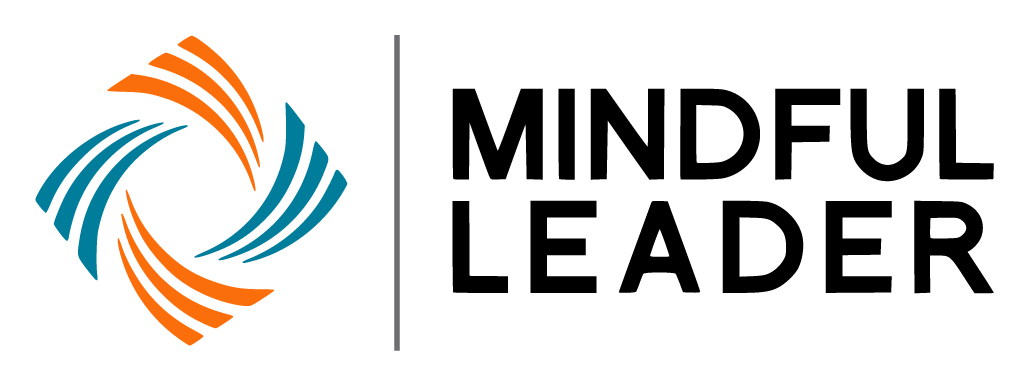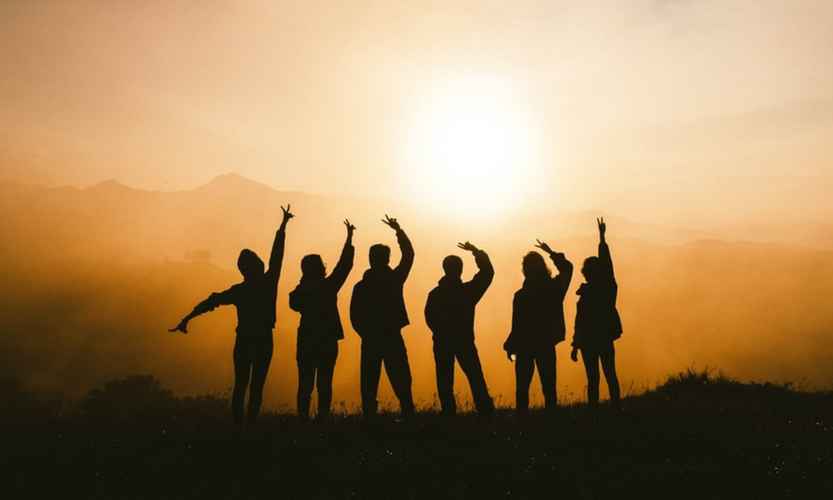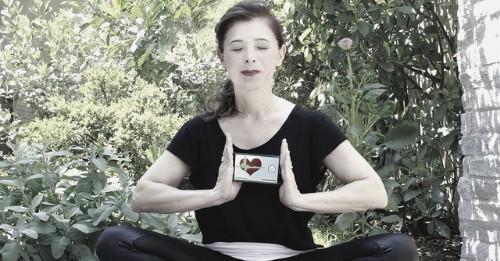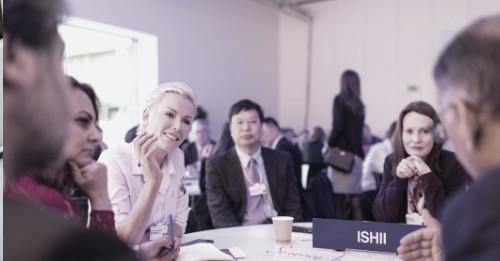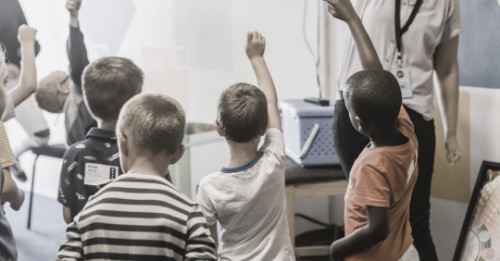Blog
Workplace Mindfulness
How to Unlock your Company’s Collective Intelligence with Mindfulness
By Christian Greiser, Jan-Philipp Martini, Liane Stephan, and Chris Tamdjidi, guest contributor
Does mindfulness foster an organization’s collective intelligence? A recent study conducted by Boston Consulting Group (BCG) and Awaris demonstrated a connection: 31 teams (totaling 196 people) that participated in a ten-week mindfulness program showed an average increase of 13% in collective intelligence, as measured by tests developed by the MIT Center for Collective Intelligence.
The concept of …
Creating a Culture of Working Mindfully: 2020 Report
View our Free Guide - What is MBSR?
Community Sourced Best Practices and Insights
Created from the Mindful Leader & Garrison Institute 2019 Unretreat
Introduction: What is Mindfulness and What Does it Look Like in the Workplace?
Definitions of mindfulness vary considerably. The traditional and most widely accepted definition is perhaps one which was put forth by Jon Kabat-Zinn, MIT Professor and creator of Mindfulness-Based Stress Reduction (MBSR), who defines mindfulness as:
Paying atte…
Increase Employee Mindfulness App Usage Doing This One Simple Thing
By Deborah Hendricks, EdD, CFLE, Director of Pre-Health Advising & Mindfulness Coach, University of Toledo
Mindfulness Phone Apps
As the popularity of mindfulness meditation has grown in the last few years, so has the number of mindfulness phone apps, such as Ten Percent Happier, Calm, and HeadSpace. Also increasing is the number of businesses incorporating technology into their workplace wellness programs. Last year, I stopped into my local Apple store to purchase a product. While speaking …
3 Reasons Why MBSR Should be the Workplace Standard
View our Free Guide - What is MBSR?
By Ted Meissner, guest contributor
Today you can find mindfulness just about everywhere, from classrooms to corporations, PBS specials and TIME magazine, and even in your grocery store checkout line. But that hasn’t always been the case, and mindfulness going mainstream has been a relatively new development.
Much of that is due to the work of Jon Kabat-Zinn, who created a detailed curriculum for learning, practice, and even scientific research about min…
8 Ways to Make Your Mindfulness Program Religiously Inclusive
The following article is an excerpt from a bonus resource called "Mindful Awareness Education In Schools: Creating Programs Of Integrity" shared by Laura Bakosh during the 2019 Mindfulness@ Work Summit. Thank you to her as well as the others who worked on these recommendations.
The original recommendations were to discuss education, mindfulness, social-emotional-learning, social-justice, law, and religion in mindfulness education in public schools. A number of public schools have faced lega…
4 Key Findings from The Power of Purpose Symposium
By Gillian Secrett, CEO, Møller Institute, Cynthia Cherrey, President and CEO of the International Leadership Association, Rebecca Curry, Senior Community Development Specialist, ICF, Rachel Thomason, Programme Manager, Møller Institute
The Power of Purpose Symposium was launched in 2017 as a joint venture between the Møller Institute and the International Leadership Association (ILA). The symposium grew out of a need to bring theory and practice together to expand our understanding of the pow…
How Mindfulness-Based Programs Work to Improve Students’ Academic Performance
By Karen Alexander, guest contributor
Student levels of stress and depression have been climbing at an alarming rate, and science is showing the negative effects of such states of mind and emotions on learning. With a persistent national achievement gap, adverse childhood experiences (ACEs) affecting almost half of US children, and a staggering 52% national rise in adolescent major depressive episodes from 2005 to 2017, more states and school districts are recognizing the need for a holistic view…
What Leaders can learn from Seers
By Kathryn Goldman Schuyler, guest contributor
As the use of what is called “mindfulness” expands in the workplace, I have been reflecting on what mindfulness has meant over the centuries. Although mindfulness-based practices can be used to reduce stress, they have long been intended for more profound purposes. Rather than becoming a “technology” of stress relief, such practices can develop an understanding of interdependence and impermanence. This, in turn, generates compassionate connections …
How to take a Meta-Moment
By Marc Brackett, guest contributor
As we all know, our best attempts at calm, thoughtful reflection work only when we feel in control of our emotions. If you’re raging with resentment or crushed by disappointment, you’re probably not capable of the reasoning required to see a situation in a new light. You first need to bring down your emotional temperature, lower your activation, and give yourself the space required for rational thought. Maybe you take a few deep breaths, a few steps back, a w…
Practice O.U.T. to shift from Doing to Being
By Christopher Lyddy and Darren Good, guest contributor
If you’re like most people, you’ve had the experience at work of sitting at your computer and suddenly coming to realize that you haven’t typed a word in ages. Instead, you may have just been mindlessly ruminating about a past incident with a colleague, or imagining the next encounter.
Getting “stuck” in this thought process, according to numerous interviews we conducted in a study of working professionals, can really interfere with being…
